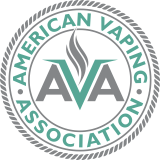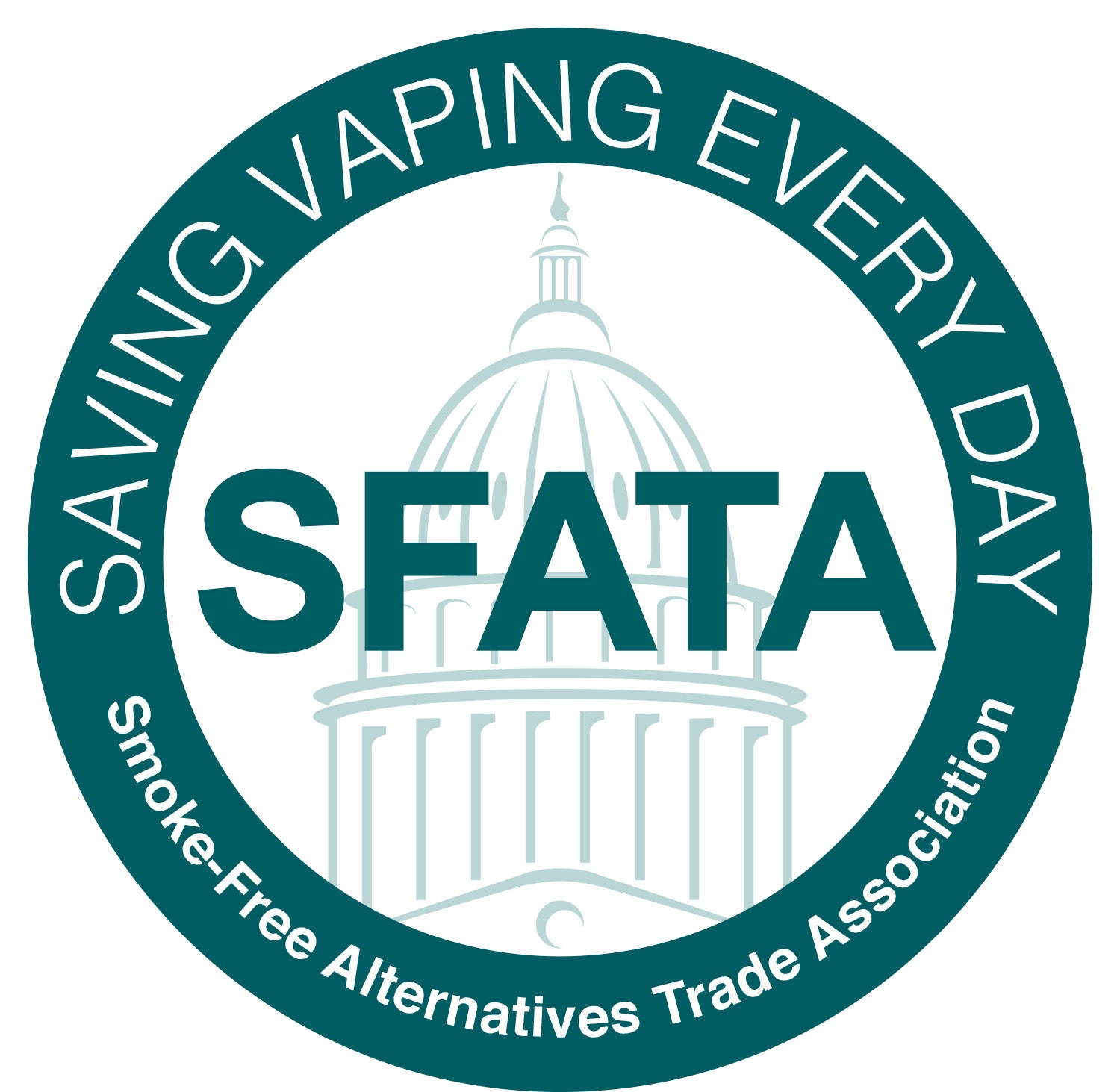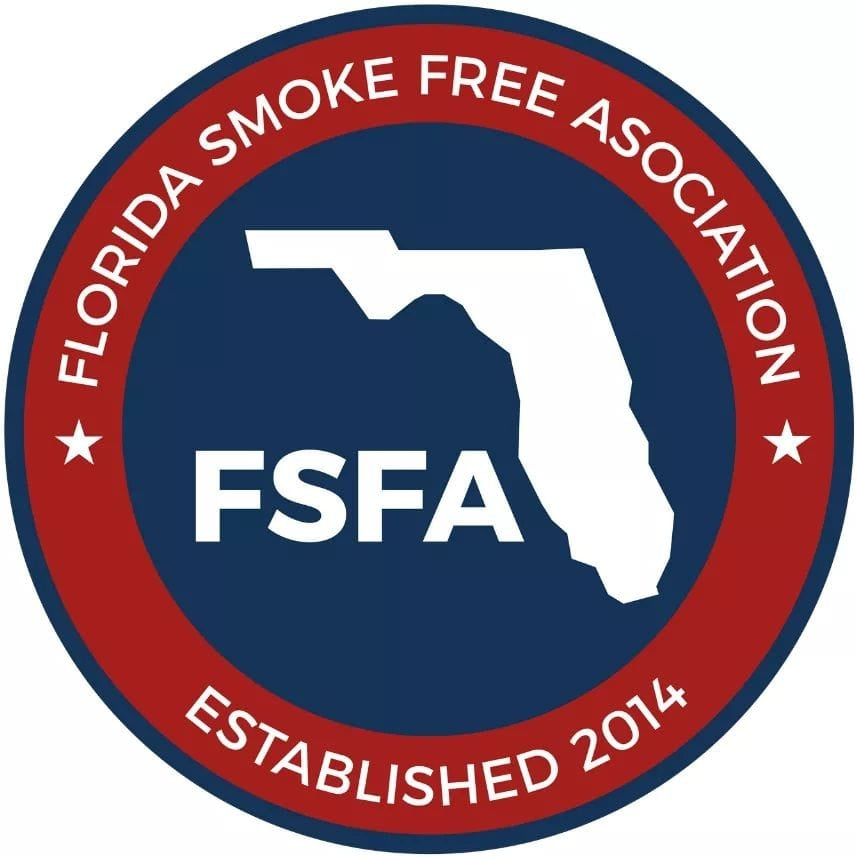If you've been vaping for a while, you might have noticed that the cost of consistently buying e-liquids has only gone up. Whether it be due to taxes, the FDA shutting down e-liquid brands left and right, or simply because you like the idea of creating something entirely by yourself, the allure DIY e-liquids seems promising.
What if we were to tell you, however, that this is bad idea? Read on to learn more!
DIY E-LIQUIDS WERE POPULAR AT ONE POINT
Let's make this clear: we're not out to get DIY e-liquids and those that know what they're doing during the juice-making process. Most established e-liquid brands, BLVK included, started out in the industry making our own e-liquids with whatever we could find in whatever setting we could. After all, vaping and e-liquids became popular only recently.
Fast forward to 2022 and safety and efficiency are the names of the game. No longer is it both safe and worthwhile to make commercial amounts of e-liquid yourself. And similar to making moonshine at home back in the day, making e-liquids in your bathtub at home is old news; and unless you plan on building a home brewery in the garage, we highly discourage making your own e-liquid.
THE CASE AGAINST DIY E-LIQUIDS
Similar to attempting to make moonshine at home, taking it upon yourself to make your own e-liquids isn't as easy as it was back in 2015. Flavoring companies and getting your hands on USP Nicotine or even Tobacco-Free Nicotine is almost always reserved for established businesses. And quantity, timeliness of receiving the goods, and most importantly, cost often hinders many people from taking on the operation.
But okay, let's assume you have all of the elements necessary to make your e-liquid. Unless you used to work for an e-liquid manufacturer, being able to mix exact measurements of flavoring, VG/PG, and nicotine together in a tasty and safe way would often turn into a trial and error ordeal.

E-liquid manufacturers possess the operational capability to acquire all elements related to their products. From the bottles themselves, to labels, boxes, flavoring ingredients, VG, PG, and nicotine, the cost and efficiency of it all is a very streamlined process simply because e-liquid brands tend to order everything in bulk. Should you have decided to take this on yourself, you'd probably spend three, four times the amount for a lesser amount of the finished product.
Then there's the issue of safety. Making your own e-liquid can be dangerous. You probably remember the Vitamin E Acetate issue that happened a couple years ago. DIY vape cartridge makers would cut distillate with Vitamin E Acetate to extend the supply of their raw ingredients. As a result, several people developed respiratory infections that sparked outrage nationwide. And sure, this issue was almost entirely relegated to the black market cannabis industry, but the safety risk remains a concern.
Taking on e-liquid manufacturing yourself completely foregoes the safety checks in place. Almost all e-liquid manufacturers follow stringent guidelines on what is considered safe for vaping consumption. The raw ingredients are backed by Certificate of Analyses and MSDS reports, both of which ensure that all compounds are free of contaminants and are traceable should any issues arise. On top of that, the finished products are affixed with a batch ID, again, to safeguard against any potential issues. For example, if someone files a complaint with one of BLVK's Premium E-liquids, the exact product made from the specific batch is recalled while the quality assurance team figures out what went wrong. At the end of the day, providing e-liquids for the worldwide industry needs to be done in the safest manner possible.
EXPERIMENTING WITH DIY E-LIQUIDS
Okay, so let's say you have been vaping for a while. You used to work for an e-liquid manufacturer or you're an active member of one of the several reddit groups that detail how to make e-liquid at home. Let's also assume that you have a home setup that allows you to make e-liquid in a safe and responsible manner. How exactly would you make something that is worth taking on the endeavor?
For starters, you'd need to secure:
- Vegetable Glycerin
- Propylene Glycol
- Nicotine
- All of the flavoring ingredients

IS DIY E-LIQUID MANUFACTURING WORTH THE TROUBLE?
At the very fundamental level, you'd need vegetable glycerin, propylene glycol, and nicotine to give your e-liquid the proper consistency to then be vaporized by your setup. Since flavor manufacturers also sell the these three compounds, you're looking at around $1,000 for each.
The flavoring is almost always PG-based, meaning, for example, if you are making a strawberry flavor, the strawberry flavoring ingredient itself would consist of the strawberry flavoring over a propylene glycol base. Keep that in mind when you start mixing your ingredients as particular ratios need to be observed. Cost-wise, you can expect to spend between $1,500 and $2,000 for each flavoring ingredient.
Lastly, assuming you've successfully made your first e-liquid, the sheer volume and cost alone would net you roughly two thousand 100ML bottles of e-liquid. Unless you plan on registering with the FDA and filling out a PMTA and taking on the cost of ensuring its safety, holding onto THAT MUCH e-liquid to vape by yourself isn't worth all the trouble. Then again, that's just us.
If you're like most vapers, placing your trust in an established e-liquid brand such as BLVK eliminates the time, money, and headache out of your vaping habit. Leave it to the professionals that know how to craft a delicious blend of e-liquid that not only tastes amazing and true to the snack, but also contains EXACTLY what should be in the formulation and nothing it should not.










Leave a comment
This site is protected by hCaptcha and the hCaptcha Privacy Policy and Terms of Service apply.